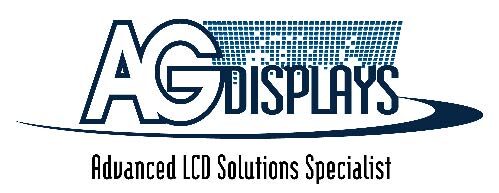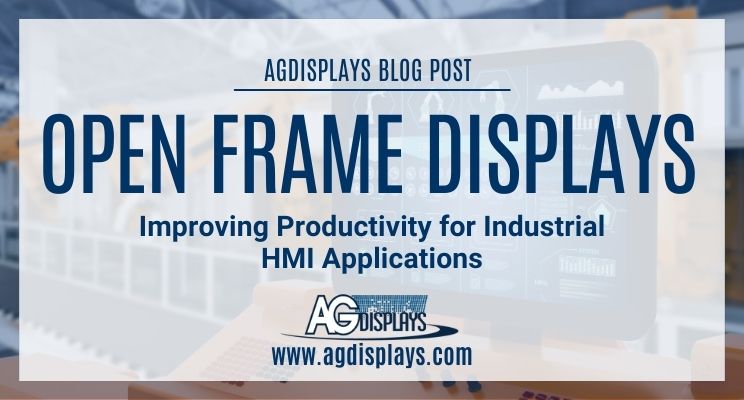What are open frame displays?
Open frame displays, also known as open frame monitors, are display panels that are designed without an enclosure or bezel around the display area. The display panel is typically mounted onto a metal frame or chassis that provides support and allows for easy integration into a larger system or device.
Open frame displays are commonly used in a variety of applications, including arcade games, vending machines, kiosks, medical equipment, and industrial automation systems. Because they do not have an enclosure or bezel, open frame displays are often easier to integrate into custom enclosures or designs.
Open frame displays are available in a range of sizes and resolutions, from small displays for handheld devices to large displays for digital signage and industrial control systems. They can be configured with a variety of input and output options, including HDMI, VGA, DVI, DisplayPort, and USB. One of the main advantages of open frame displays is their flexibility and adaptability. Because they are designed without an enclosure, they can be easily customized to fit specific requirements and applications. Additionally, open frame displays are often more cost-effective than fully enclosed displays, making them a popular choice for OEMs and system integrators.
View the Open Frame Displays available from the AGDisplays store
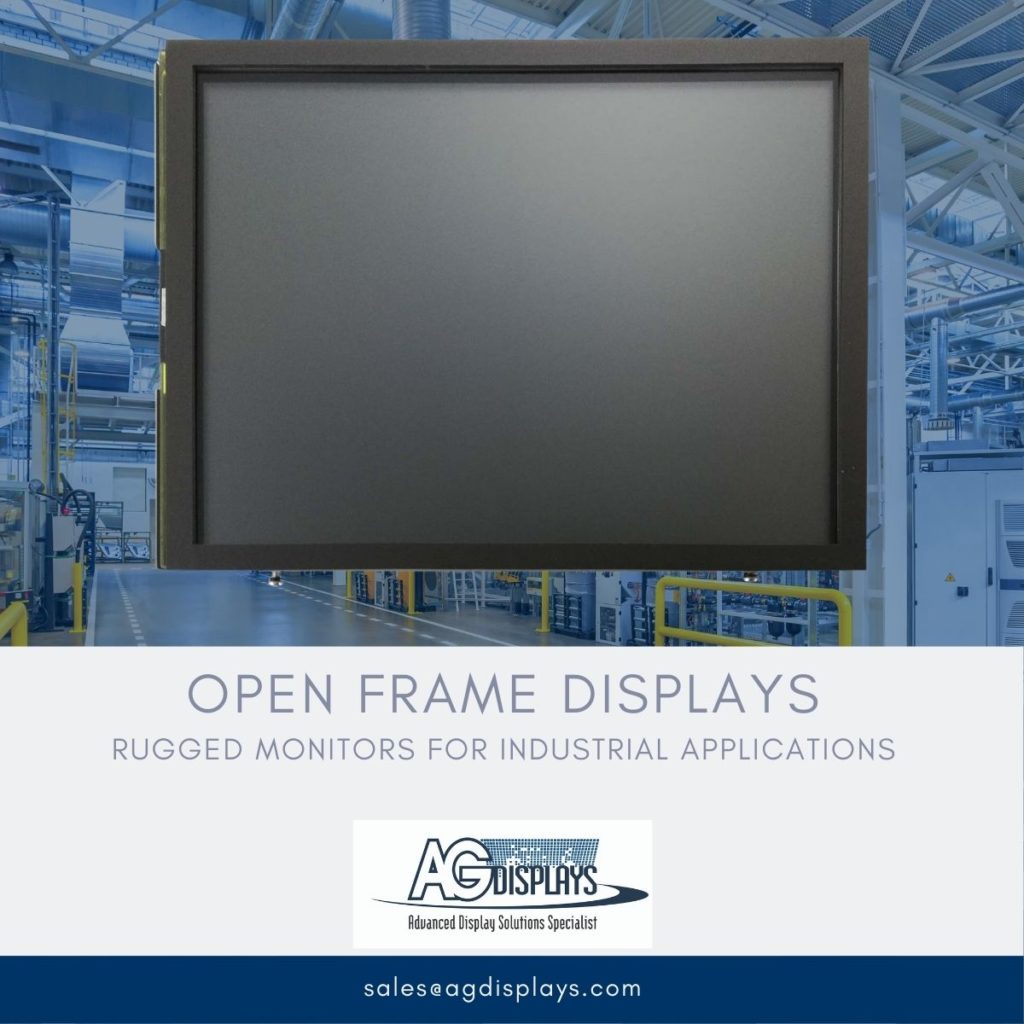
How are open frame displays different from other types of displays used in industrial HMI applications?
Open frame displays differ from other types of displays used in industrial HMI (Human-Machine Interface) applications in several ways:
Enclosure: As mentioned earlier, open frame displays do not come with an enclosure or bezel around the display area. In contrast, other types of displays, such as panel mount displays and rack mount displays, come with enclosures that protect the display panel and provide a mounting mechanism.
Mounting: Open frame displays are designed to be mounted onto a metal frame or chassis, whereas panel mount displays are designed to be mounted directly onto a panel or enclosure. Rack mount displays, as the name suggests, are designed to be mounted onto a rack or cabinet.
Customization: Open frame displays are highly customizable and can be easily integrated into custom enclosures or designs. Panel mount displays and rack mount displays are also customizable, but to a lesser extent, as they are designed to be mounted onto a fixed panel or rack.
Cost: Open frame displays are generally more cost-effective than panel mount displays and rack mount displays, as they do not come with an enclosure and are easier to integrate into a custom design.
What are some of the ways an open frame display can be customized?
Screen size and resolution: Open frame displays can be customized to fit specific screen sizes and resolutions, depending on the application requirements. For example, displays used in transportation systems may require a larger screen size than displays used in healthcare facilities.
Touchscreen technology: Open frame displays can be customized with different types of touchscreen technology, such as resistive or capacitive touchscreens. This allows users to interact with the display using different methods, depending on their preferences.
Connectivity options: Open frame displays can be customized with various connectivity options, such as Wi-Fi, Bluetooth, and Ethernet. This allows the displays to be integrated with different types of systems and networks, depending on the application requirements.
Enclosure design: Open frame displays can be customized with different enclosure designs, depending on the application requirements. For example, displays used in outdoor environments may require a weather-resistant enclosure to protect against the elements.
Software and firmware: Open frame displays can be customized with different software and firmware options, depending on the application requirements. This allows the displays to support different types of content and functionality, depending on the user’s needs.
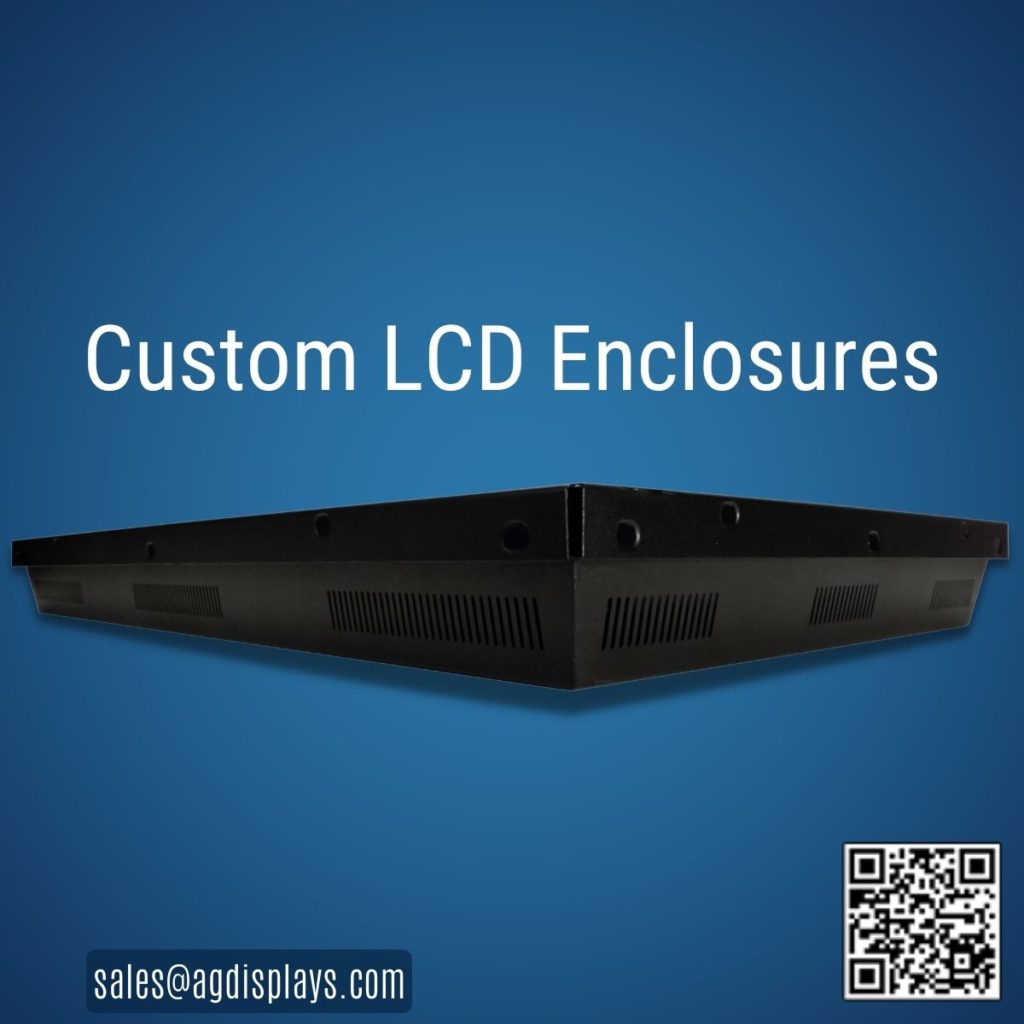
Are there real world examples of open frame displays in industrial HMI applications?
Open frame displays are commonly found throughout many industries, however three common real world applications are the manufacturing, transportation, and healthcare industries:
Manufacturing:
Open frame displays are often used in manufacturing plants to monitor production lines and provide real-time information to operators and managers. These displays can be integrated into custom enclosures or designs that are specifically tailored to the manufacturing environment.
In a manufacturing plant, open frame displays can be used to display various types of information, such as:
Production data: Open frame displays can be used to display real-time production data, such as cycle times, production rates, and quality metrics. This information can help operators and managers monitor production performance and identify areas for improvement.
Process information: Open frame displays can also be used to display process information, such as temperature, pressure, and flow rates. This information can help operators monitor the health of the equipment and detect any issues before they become a problem.
Safety information: Open frame displays can also be used to display safety information, such as emergency stop buttons, safety instructions, and warning messages. This information can help ensure that operators are aware of any potential hazards and can take appropriate action to mitigate them.
Open frame displays used in manufacturing plants must be durable and able to withstand harsh environments. They should be designed with features such as ruggedized screens, dust and water resistance, and shock and vibration resistance to ensure reliable operation in challenging conditions.
Overall, open frame displays are a valuable tool for monitoring production lines in manufacturing plants, providing operators and managers with real-time information that can help improve efficiency, reduce downtime, and enhance safety.
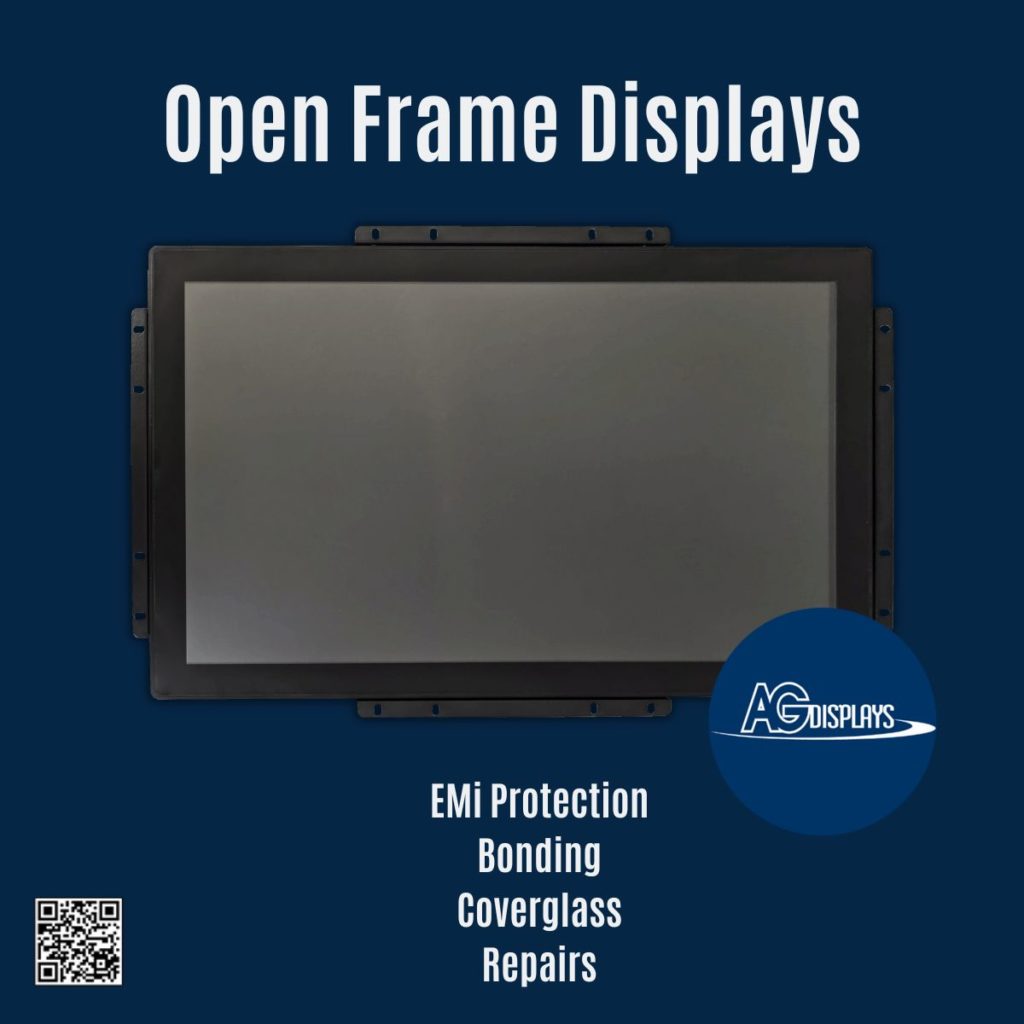
Transportation:
Open frame displays are also commonly used in transportation systems to display real-time information to commuters, such as train schedules, bus arrival times, and traffic updates. These displays are typically integrated into custom enclosures or designs that are specifically tailored to the transportation environment.
In a transportation system, open frame displays can be used to display various types of information, such as:
Schedule information: Open frame displays can be used to display train schedules, bus routes, and other transit information. This information can help commuters plan their trips and stay informed about any schedule changes or delays.
Real-time updates: Open frame displays can also be used to display real-time updates, such as train or bus arrival times, delays, and service disruptions. This information can help commuters adjust their plans and stay informed about any changes to their travel plans.
Wayfinding information: Open frame displays can also be used to display wayfinding information, such as maps, directions, and landmarks. This information can help commuters navigate through transportation systems and find their way to their destination
Healthcare:
In a healthcare facility, open frame displays can be used to display various types of information, such as:
Patient information: Open frame displays can be used to display patient information, such as vital signs, medical history, and medication schedules. This information can help healthcare providers monitor patient health and provide appropriate care.
Medical equipment information: Open frame displays can also be used to display information from medical equipment, such as X-ray machines, CT scanners, and patient monitors. This information can help healthcare providers monitor equipment performance and detect any issues.
Emergency information: Open frame displays can also be used to display emergency information, such as emergency codes, evacuation routes, and alarm notifications. This information can help ensure that healthcare providers are aware of any emergency situations and can take appropriate action.
Conclusion:
In summary, open frame displays offer a wide range of benefits for industrial HMI applications, including customizability, flexibility, durability, and cost-effectiveness. By understanding these benefits, industrial operators and engineers can make informed decisions when selecting displays for their HMI systems.
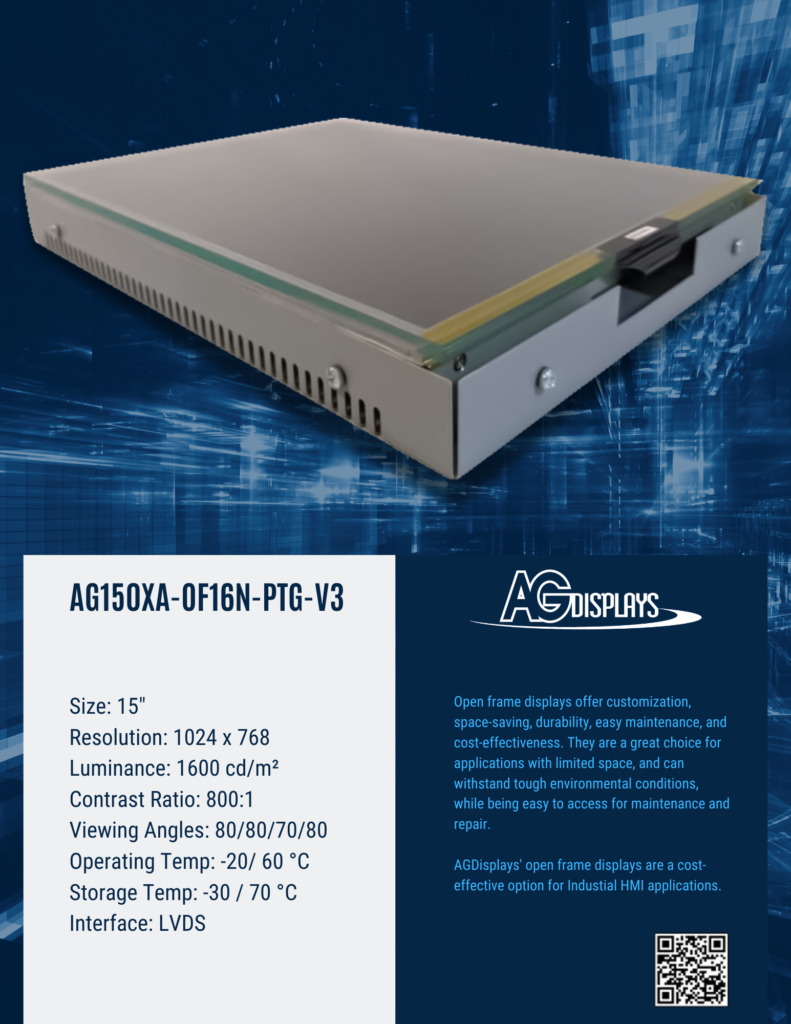
Shop our latest display technology: shop.agdisplays.com
